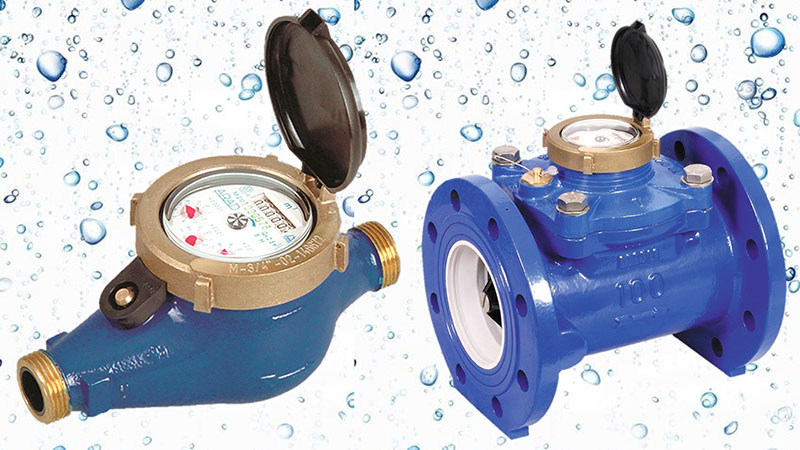
Globally, a problem that all utilities are dealing with is non-revenue water (NRW), which is water that has been produced and lost in transmission before it reaches the customer. High levels of NRW are detrimental to the financial viability of water utilities, since a significant amount of resources goes into producing water that is ultimately unaccounted and lost.
India with as high as 50% of NRW is placed at the bottom amongst world’s 40 leading water markets and loosing almost 3.4 trillion litres of water each year to it. The average household leaks can account for nearly 45,500 litres of water wasted every year and 10% of homes have leaks that waste 1,46,000 litres or more in a year. The World Bank has calculated that the cost of non-revenue water due to frequent leaks along with standard theft and billing errors exceeds $14 billion globally and increasing.
With water scarcity issues becoming real, there has been an increased focus on minimizing these losses – and significant effort has gone into improving the management of the water supply. In the near future, this will most likely lead to greater expectations and stringent legislations aimed at increasing the efficient use of water and energy and environmental protection as a whole.
An important instrument that water utilities can use in their water management efforts is smart meters with ultrasonic flow measurements. They can be used to detect leakages and/or illegal connections in the distribution lines, add the correct amount of additives to the tertiary treatment of wastewater and know how much cleaned surface water a treatment plant produces at any given time of the day.
The major benefits of metering are its ability to provide details about the water flow. Portable or check metering flow meters can be setup to measure water flow at any part of a system and used to evaluate a water utility’s total output. By analyzing the data, problem areas can be identified, priorities assigned to making improvement measures and an efficiency development strategy can be planned. In a distribution line, a spike in water use could indicate a leak, and since such pipes can be very large, even small leaks can have a significant impact on the amount of NRW that a specific treatment plant produces. By having a measurement baseline, deviations in water usage patterns can easily be detected. This also allows engineers to measure and verify savings resulting from water efficiency measures that have been implemented by evaluating pre- to post-retrofit water use.
The appropriate metering technology to install must be analysed depending upon the requirement and considering other factors into account. Since the various solutions have their own pros and cons, it is important to analyze what is required on the basis of performance and functional metrics.
Accuracy is the first metric used to determine applicability of a meter to a particular system. No meter is 100% accurate and most manufacturers provide a range of accuracies in their product. Accuracy could be thought of as the difference between a measured value and an actual value. Secondly, repeatability is an important factor. Since it is an indication of a meter’s consistent performance, in some cases, it may even be considered to be more important than accuracy. The repeatability of a measurement is the ability to measure the same flow rate with multiple measurements of the same parameter, under the same conditions.
The functional metrics include installation requirements and cost calculations. It is important to consider the installation requirements as meters come in various shapes and sizes. When selecting a specific make and model, it is important to understand the size and weight constraints, requirements to specific diameters (or lengths) of straight pipe upstream and downstream of the meter, specific electrical and communications needs, and the overall environment that the meter will operate in.
When it comes to maintenance, the lowest cost metering technology may not always be the best choice. The life cycle costs of a meter with a low purchase price but which is very expensive to install or service, for instance, may be higher than a more expensive meter, which only needs to be checked on an annual basis. System shutdown or redesigns needed to accommodate a meter’s physical size, weight, etc. Alternative technologies such as non-intrusive clamp-on ultrasonic flow meters that have a lower installed cost are viable solutions. In the water and wastewater industry, a life cycle approach to metering costs is particularly important due to the limited funding; this means that if a solution is economical to acquire, install, operate and maintain, then it is more or less a win-win situation for a utility. If careful thought is put into evaluating the pros and cons of each of these aspects and how they impact a specific application, it is almost certain that one or more benefits can be obtained in the form of improved efficiency, less NRW and steps towards water sustainability.